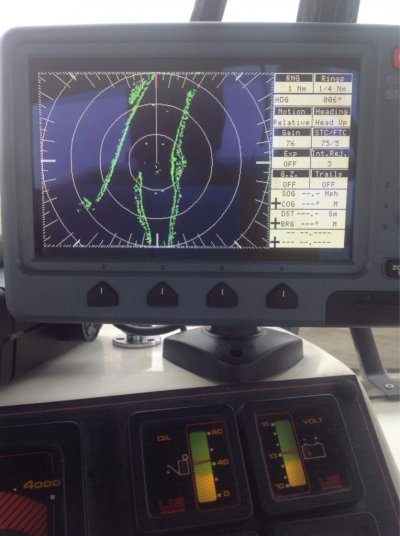ranger58sb
Guru
Hmmm... I'd have guessed gain is set too high in those pics... on both units...
I'll maybe fire up our unit at the dock and see what that looks like for comparison. I know on the water when we're trolling, we can usually see our planer boards on the radar... and these are (relatively) tiny lo-profile things about 80' off our stern quarters...
-Chris
I'll maybe fire up our unit at the dock and see what that looks like for comparison. I know on the water when we're trolling, we can usually see our planer boards on the radar... and these are (relatively) tiny lo-profile things about 80' off our stern quarters...
-Chris







